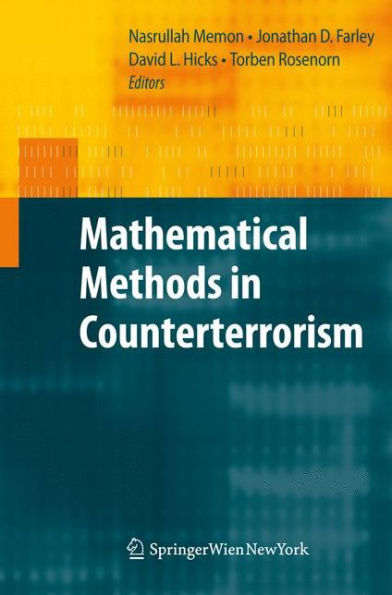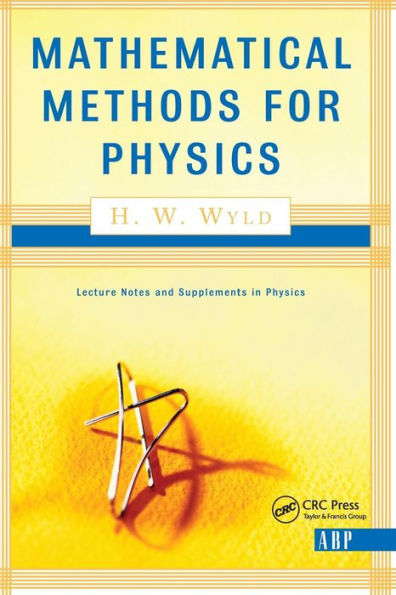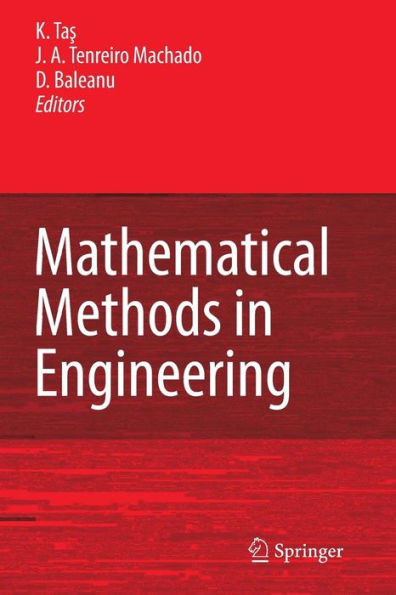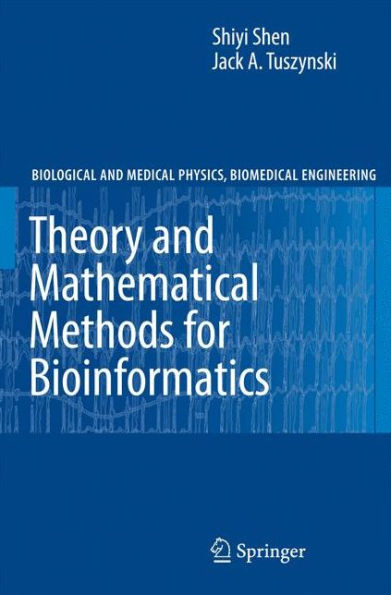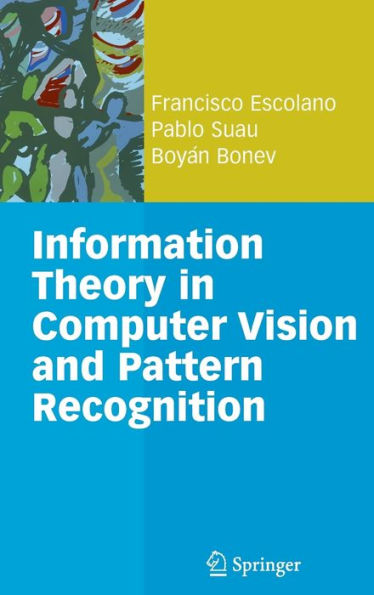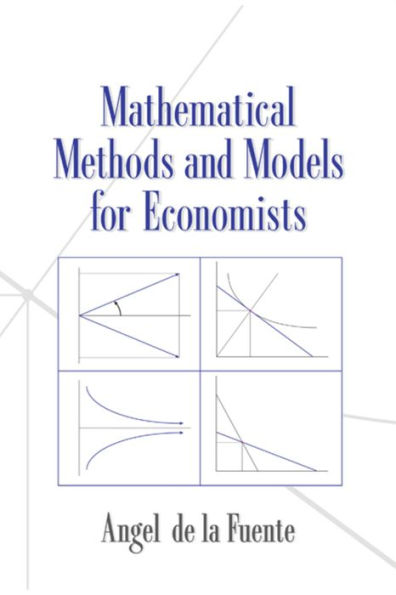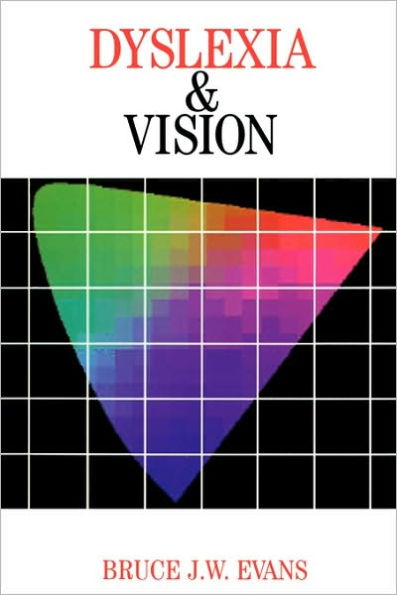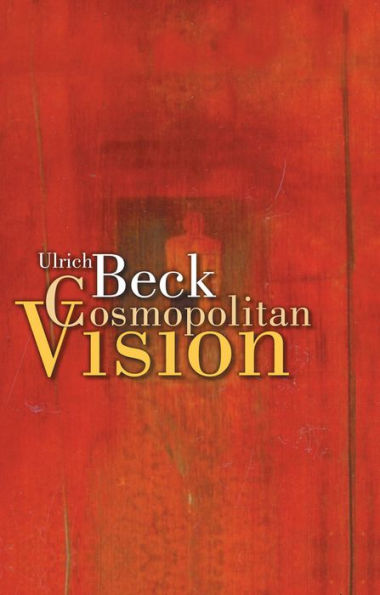Home
Mathematical Methods in Computer Vision / Edition 1
Barnes and Noble
Mathematical Methods in Computer Vision / Edition 1
Current price: $109.99
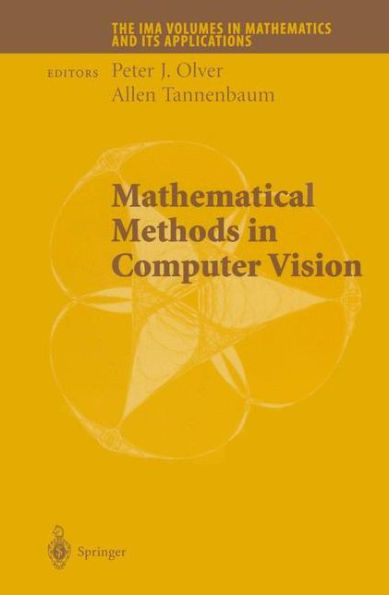

Barnes and Noble
Mathematical Methods in Computer Vision / Edition 1
Current price: $109.99
Size: OS
Loading Inventory...
*Product information may vary - to confirm product availability, pricing, shipping and return information please contact Barnes and Noble
This volume comprises some of the key work presented at two IMA Workshops on Computer Vision during fall of 2000. Recent years have seen significant advances in the application of sophisticated mathematical theories to the problems arising in image processing. Basic issues include image smoothing and denoising, image enhancement, morphology, image compression, and segmentation (determining boundaries of objects-including problems of camera distortion and partial occlusion). Several mathematical approaches have emerged, including methods based on nonlinear partial differential equations, shastic and statistical methods, and signal processing techniques, including wavelets and other transform theories. Shape theory is of fundamental importance since it is the bottleneck between high and low level vision, and formed the bridge between the two workshops on vision. The recent geometric partial differential equation methods have been essential in throwing new light on this very difficult problem area. Further, shastic processes, including Markov random fields, have been used in a Bayesian framework to incorporate prior constraints on smoothness and the regularities of discontinuities into algorithms for image restoration and reconstruction. A number of applications are considered including optical character and handwriting recognizers, printed-circuit board inspection systems and quality control devices, motion detection, robotic control by visual feedback, reconstruction of objects from stereoscopic view and/or motion, autonomous road vehicles, and many others.

